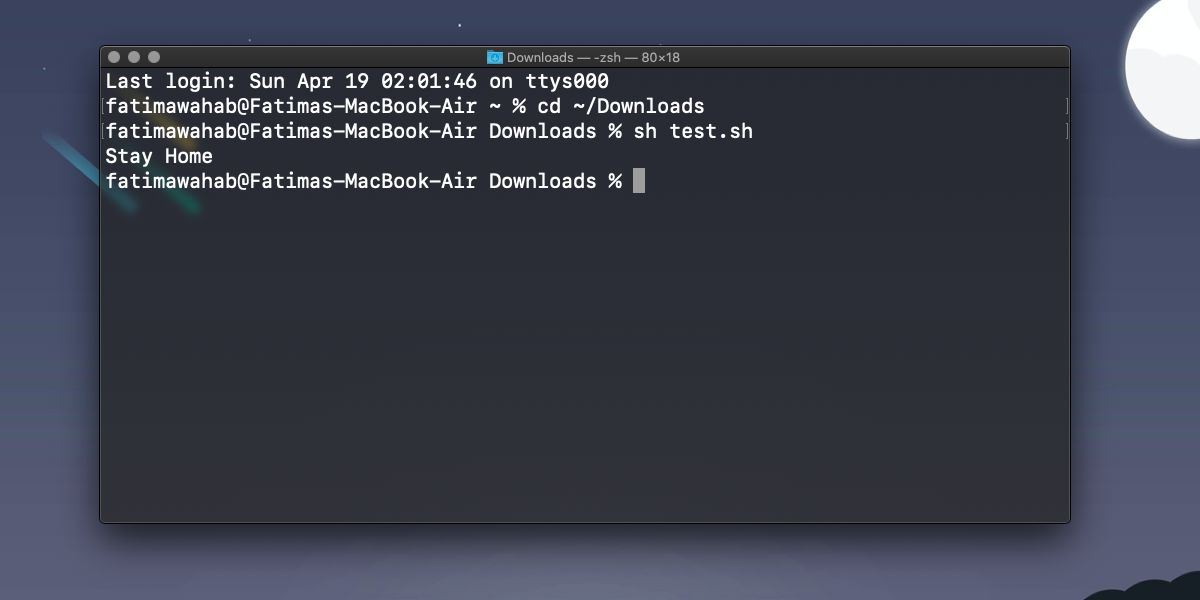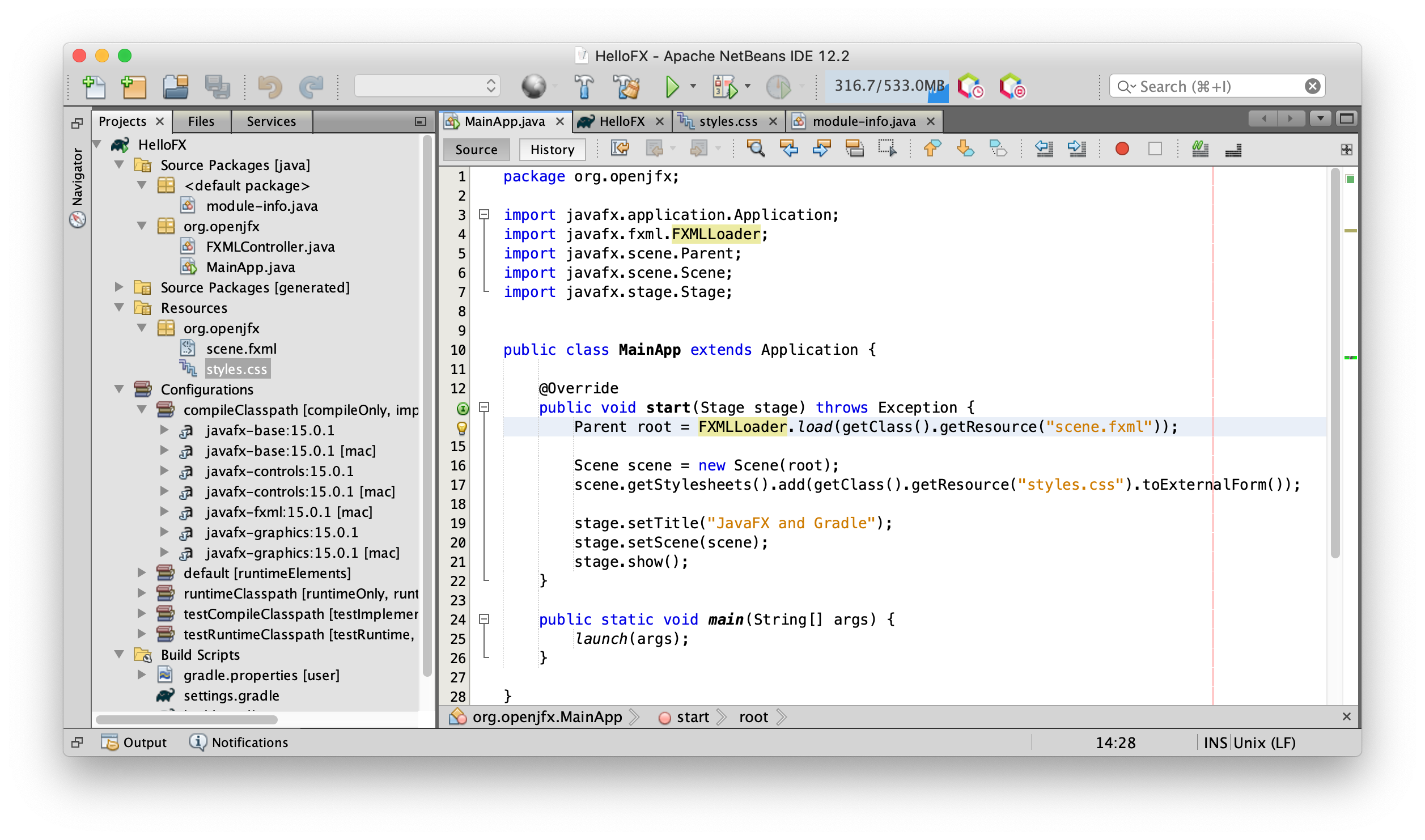

Furthermore, on Linux and macOS, you can make a Java script executable by specifying the JDK in the first line of the script. Starting with version 11, Java provides a way to run self-contained scripts without the need to compile them ( ). Shell Script plugin (bundled) is required. If the problem is related to application performance, IntelliJ IDEA profiler will help you analyze the problem and assess how efficient your fix is. See Tutorial: Debug your first Java application for a quick introduction to IntelliJ IDEA debugger. If a logic error is present, the debugger may save you a lot of time finding and fixing the cause. Run static analysis to see where incorrect values might be coming from. In some cases, this is enough to sort out the problem.Īttach the debugger and examine the program state that led to the failure. If the meaning of the exception is unclear, you can navigate to the exception class right from the stack trace and read the documentation for the exception.

If there are errors in your program, here is how you can address them. Pausing the output does not affect the execution of the program. Use the same toggle to resume the program. Right-click in the Run tool window and select Pause Output from the context menu. Alternatively, press Ctrl+F2 and select the process to stop. In the Run tool window, click on the toolbar. When you pause a program, it continues running in the background, but its output is suspended. When you stop a program, its process is interrupted and exits immediately. When a tab is pinned, new sessions are opened in another tab. To preserve the output of an application, click the Pin Tab button on the toolbar of the Run tool window. If you re-run an application, the output of the previous run is lost. On the toolbar of the Run tool window, click or press Shift+F10
Bash script example for running java classes mac how to#
To learn more about tool windows and how to manage them, see the Tool windows topic. Use the Ctrl+F shortcut to search for text occurrences in the console output. Every run/debug configuration creates a separate tab when you run it. When the application starts, you can view its output and interact with it in the Run tool window. To quickly access the fields only using a keyboard, hold Alt and use the shortcut according to the hints that appear.įor running applications using build tools, refer to Run anything and Compile and build applications with IntelliJ IDEA. To access additional parameters, click Modify options and select the required option from the menu. For example, if you need to run your program with arguments, add the arguments to the Program arguments field. Modify the run/debug configuration as needed. If you are going to pass parameters to your program, add VM options (for example, to allow remote debugging), or otherwise customize the startup of your program, use a run/debug configuration.Ĭlick in the gutter near the class declaration and select Modify Run Configuration. IntelliJ IDEA creates a temporary run/debug configuration of the type Node.js. To run a script, open it in the editor or select it in the Project tool window, and then select Run from the context menu. The class that you are going to execute must contain a main() method with a valid signature, for example: public static void main(String args).Ĭlick in the gutter near the class declaration and select Run. If you are not going to pass any parameters to your program, and your program does not require any specific actions to be performed before start, you can run it right from the editor. You can run applications right from IntelliJ IDEA if you have an SDK set up for your project/ module.


 0 kommentar(er)
0 kommentar(er)
